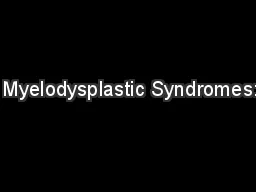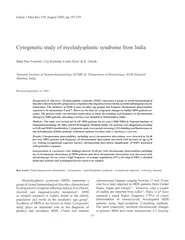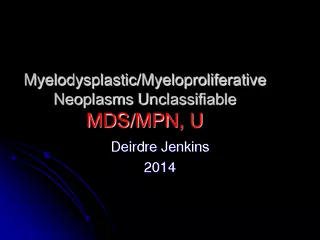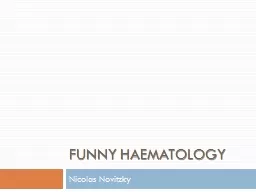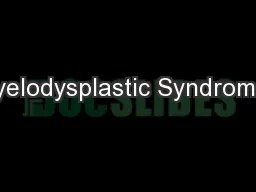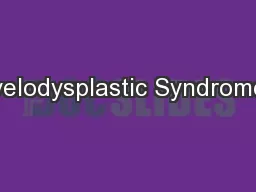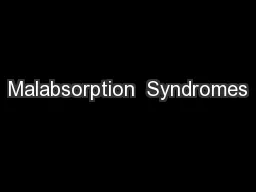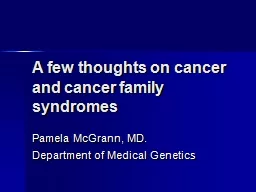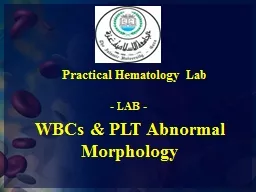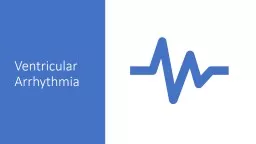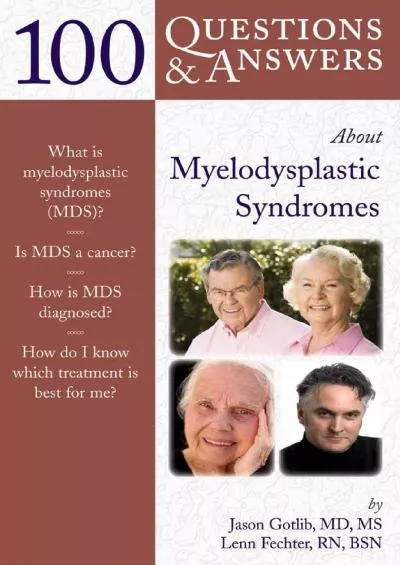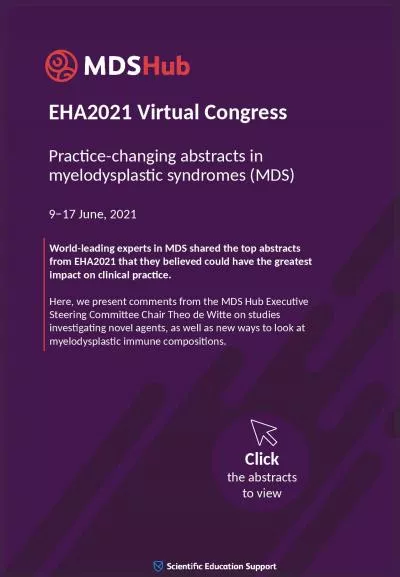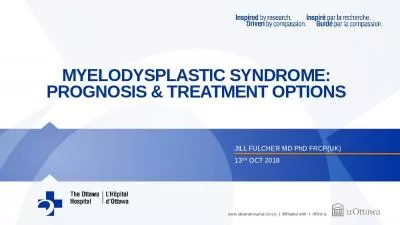PPT-Myelodysplastic Syndromes:
Author : natalia-silvester | Published Date : 2020-04-03
Current Thinking on the Disease Diagnosis and Treatment Rafael Bejar MD PhD Aplastic Anemia amp MDS International Foundation R egional Patient and Family Conference
Presentation Embed Code
Download Presentation
Download Presentation The PPT/PDF document " Myelodysplastic Syndromes:" is the property of its rightful owner. Permission is granted to download and print the materials on this website for personal, non-commercial use only, and to display it on your personal computer provided you do not modify the materials and that you retain all copyright notices contained in the materials. By downloading content from our website, you accept the terms of this agreement.
Myelodysplastic Syndromes:: Transcript
Download Rules Of Document
" Myelodysplastic Syndromes:"The content belongs to its owner. You may download and print it for personal use, without modification, and keep all copyright notices. By downloading, you agree to these terms.
Related Documents

